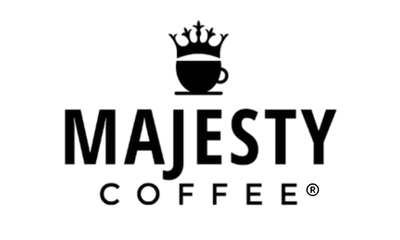This is the best grinder I have ever had! I strongly suggest getting the Grind By Weight; it makes a huge difference in getting consistently fantastic espresso shots. Great company, very helpful and quick to respond.
Easy to use! Very sleek and classy, perfect for our 5 star experience.
High quality product. It is worth the investment.
Its simple to use and clean. It makes good coffee. BUT ... if you brew 8 or more cups the water infuses into the basket (regardless of paper or gold filter) and the ground splash over and get into the carafe.
I've had several grind and brew coffee makers. This Breville had all the features I was looking for and more. The top burr grinder is a must and it is adjustable as well. The cup and strength settings are very helpful. This coffee maker is easy to keep clean as compared to others. It only took a couple pots to dial in the brew and grind settings to my satisfaction. This machine makes a great cup of coffee. I am very happy with my purchase from Majesty coffee.














